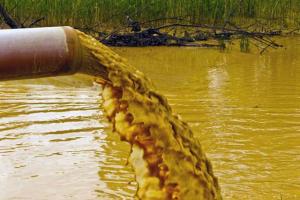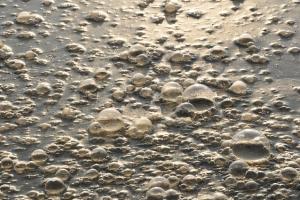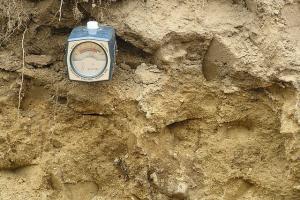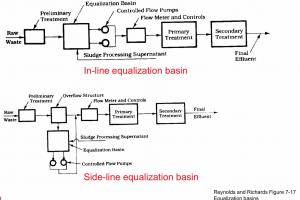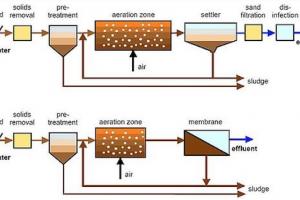Classification of Solids in Wastewater
Inwastewater treatment, the solid content is classified based on the size and nature of the particles present. The classification helps in determining the appropriate treatment processes for removing or separating solids from the wastewater. Here are the common classifications of solid content in wastewater:
Suspended Solids (SS):
Suspended solids refer to solid particles that are small enough to remain suspended in wastewater without settling. These particles can include organic matter, inorganic matter, colloidal particles, and microorganisms. Suspended solids are typically measured as Total Suspended Solids (TSS) and are an important parameter in assessing water quality and designing treatment processes.
Total solids (TS):
Obtained by evaporating wastewater sample to dryness (at 103‐ 105°C) and measuring mass of residue
Total suspended solids (TSS):
Filtration step is used to separate TSS from total dissolved solids (TDS); Portion of TS retained on filter (e.g., Whatman fiber glass filter‐GF/C) measured after being dried at 105°C
- More TSS measured as pore size of filter used is reduced;
- Important to note filter paper pore size, when comparing TSS values;
- TSS and BOD universal effluent standards by which performance of treatment plants is judged for regulatory control purposes
Total Dissolved Solids (TDS)
- Solids contained in filtrate that passes through a filter with nominal pore size of 2 μm or less are classified as dissolved; Size of colloidal particles in wastewater typically in range from 0.01‐1 μm
- Volatile and Fixed Solids (VS and FS) Material volatilized and burned off when ignited
- at 500 ± 50oC classified as volatile solids (VS);
- In general, VS are organic matter, Residue that remains after sample is ignited at 500 ± 50oC classified as fixed solids (FS);
- TS, TSS, and TDS comprised of both VS and FS Ratio of VS to FS used to characterize wastewater with respect to amount of organic matter present
Settleable Solids:
Settleable solids are relatively larger and heavier particles that can settle under the influence of gravity within a specified time period. They are measured as Settleable Solids (SSS) or Settleable Suspended Solids (SSSS). Settleable solids can include sand, silt, larger organic matter, and certain types of inorganic particles. The settleability of solids helps determine the efficiency of sedimentation processes in wastewater treatment.
- Placing 1‐L sample in Imhoff cone and noting volume of solids in mm that settle after 1 h;
- Typically 60% of suspended solids (SS) in municipal wastewater are settleable
Dissolved Solids
Dissolved solids are particles that are dissolved in water and cannot be removed by physical separation methods. These solids are usually in ionic or molecular form and can include various salts, minerals, and organic compounds. Dissolved solids are often measured as Total Dissolved Solids (TDS) and can impact water quality, conductivity, and treatment processes.
Colloidal Solids
Colloidal solids are very small particles that are suspended in water and do not settle due to their size and electrochemical properties. These particles have an intermediate size between true dissolved solids and suspended solids. Colloidal solids can include clay, finely divided organic matter, bacteria, and viruses. Specialized treatment processes like coagulation, flocculation, and filtration are often required to remove colloidal solids.
Particulate Solids
Particulate solids refer to solid particles in wastewater that can include a wide range of sizes and compositions. These particles can be of organic or inorganic origin, such as sand, grit, fibers, organic debris, and microplastics. Particulate solids may require specific treatment methods like screening, grit removal, or filtration for effective removal.
It's important to note that the classification of solid content in wastewater is not always mutually exclusive, as the particles can exhibit overlapping characteristics. Proper characterization of the solid content helps wastewater treatment plants select and optimize treatment processes to effectively remove solids and achieve the desired effluent quality.




